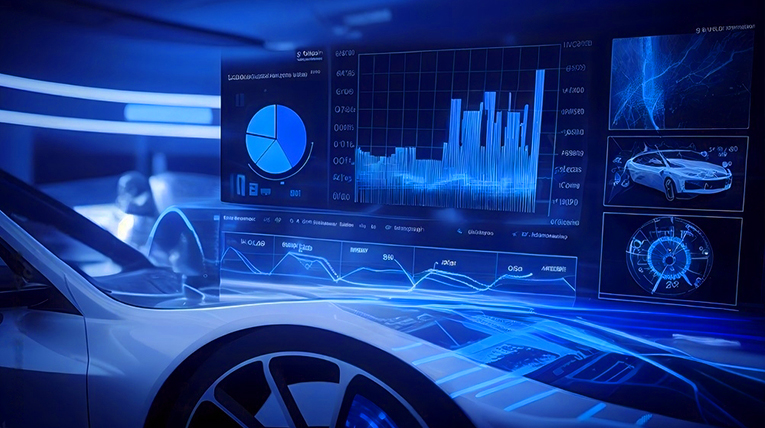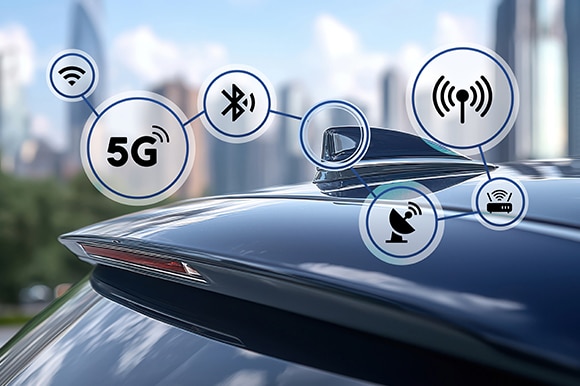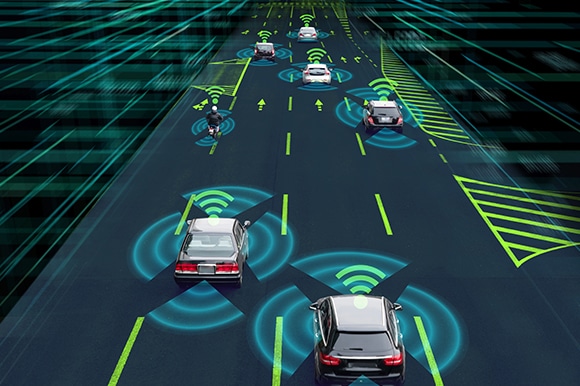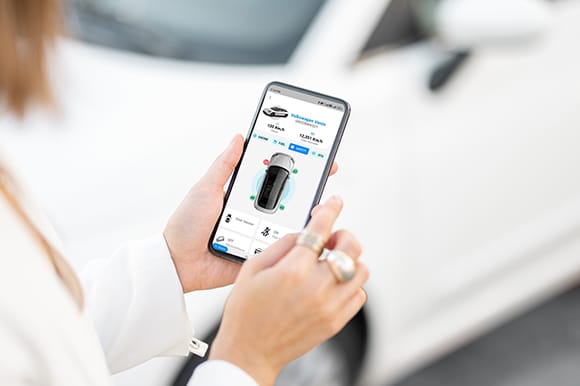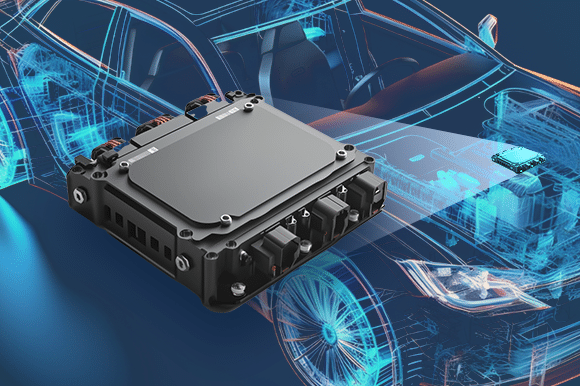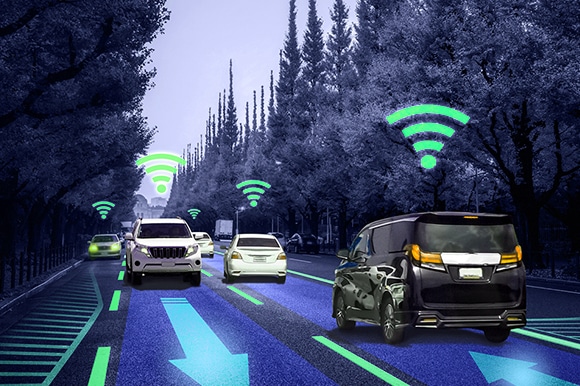In today’s world, where information is crucial and everyone is easily connected, the car industry has undergone significant changes. Telematics systems play a pivotal role in this transformation. Besides their primary function of information gathering and connectivity, telematics also contribute by swiftly checking a car’s health and predicting when it needs maintenance. This not only enhances the safety and efficiency of cars but also results in long-term cost savings.
According to Markets and Markets, the automotive telematics market size valued at USD 8.8 billion in 2022, is expected to reach USD 15.5 billion by 2027, at a CAGR of 12.1% during the forecast period 2022 to 2027. Factors such as government initiatives for intelligent transportation systems, advancements in 5G connectivity, and the rising demand for smartphone integration in cars contribute to this growth.
Table of Contents
Understanding Telematics Systems
Telematics, derived from the fusion of “telecommunications” and “informatics,” refers to the technology of sending, receiving, and storing information about remote objects like vehicles through telecommunication devices. Key components include:
- Onboard Diagnostics (OBD-II) Port: Standard in modern vehicles, this port provides access to data points like engine performance, emissions and vehicle speed.
- Telematics Control Unit (TCU): Serving as the link between the vehicle’s systems and the telematics platform, TCU collects data and transmits it to the cloud or edge gateway.
- Wireless Connectivity: Telematics systems use cellular or satellite networks to transmit data in real-time. This enables remote monitoring and communication with the vehicle.
- Cloud Platform: The data transmitted by the TCU is processed and stored on cloud servers, accessible through web interfaces or mobile apps.
Real-Time Vehicle Diagnostics
Telematics systems achieve real-time vehicle diagnostics through:
- Data Collection: Telematics systems collect an extensive range of data from the vehicle’s sensors and systems including engine health, fuel efficiency, tire pressure, battery voltage, and more, that were previously inaccessible without manual inspection.
- Data Transmission: Once collected, the data is transmitted in real-time to the cloud platform via wireless connectivity or TCU, ensuring immediate accessibility regardless of the vehicle’s location.
- Data Analysis: Through advanced machine learning and predictive services, complex algorithms process and analyze the data, transforming it into actionable insights. Additionally, cybersecurity measures are implemented to ensure the integrity and security of the vehicle information.
- Alerts and Notifications: Based on the analysis, the telematics system can generate real-time alerts and notifications for fleet managers, drivers, or maintenance personnel. For example, if the system detects an engine fault code or a drop in tire pressure, it can immediately notify the relevant parties.
- Historical Data Tracking: Telematics systems also maintain a historical record of vehicle data for tracking trends and identifying long-term performance issues. It can assist in proactive maintenance planning.
Predictive Maintenance
Predictive maintenance is a proactive approach to vehicle maintenance that aims to address issues before they result in costly breakdowns. Telematics systems is a fusion of telematics ECU and telematics cloud technologies excel in enabling predictive maintenance by:
- Condition Monitoring: The TCU gathers essential data from the vehicle and transmits it to the telematics cloud for ongoing monitoring of various vehicle components and systems. This includes engine health, brake wear, transmission performance, and more, establishing baseline operational norms.
- Predictive Algorithms: These advanced self-learning algorithms use deviations from established baselines and historical data to anticipate potential failures.
- Preventive Alerts: When the telematics system predicts a potential issue, it sends preventive alerts including information about the problem, its severity, and recommended actions to maintenance teams or fleet managers allowing teams to schedule repairs or replacements proactively, minimizing downtime and reducing repair costs.
- Cost Savings: Predictive maintenance reduces unexpected breakdowns. This leads to significant cost savings for businesses.
Benefits of Real-Time Vehicle Diagnostics and Predictive Maintenance
The adoption of telematics systems yields various benefits:
- Increased Safety: Real-time monitoring ensures prompt identification of potential safety issues to prevent accidents.
- Reduced Downtime: Predictive maintenance minimizes unexpected breakdowns, which are crucial for fleet-dependent businesses.
- Cost Savings: Predictive maintenance optimizes maintenance schedules, reducing costs associated with unnecessary repairs and replacements.
- Improved Fuel Efficiency: Real-time data aids adjustments for better fuel efficiency, lowering operating costs.
- Enhanced Asset Management: Telematics systems provide valuable data on vehicle usage, tracking, and performance. This helps businesses make informed decisions about their fleet management and investment strategies.
VVDN’s Expertise in Comprehensive Telematics Services
With a strong emphasis on innovation and cutting-edge technology, VVDN provides technology solutions and services to OEMs and Tier-1 Suppliers for the design and manufacturing of telematics control units (TCUs), telematics cloud, in-vehicle IoT devices, sensors, and connectivity modules. VVDN also extends its expertise to the development of custom telematics software applications, cloud platforms, and analytics solutions tailored to meet specific customer needs.
For more information or collaboration opportunities, contact VVDN at info@vvdntech.com.




















